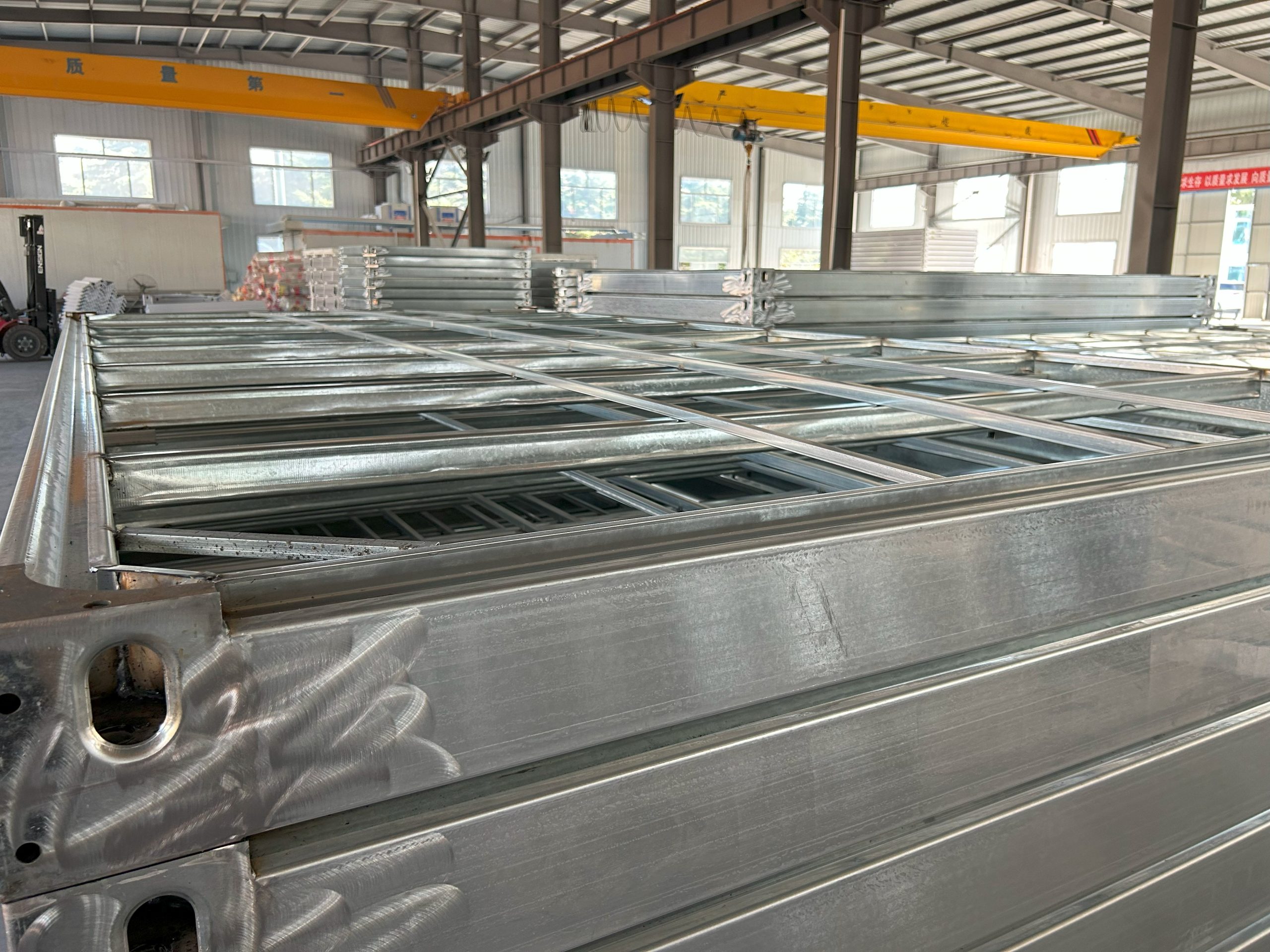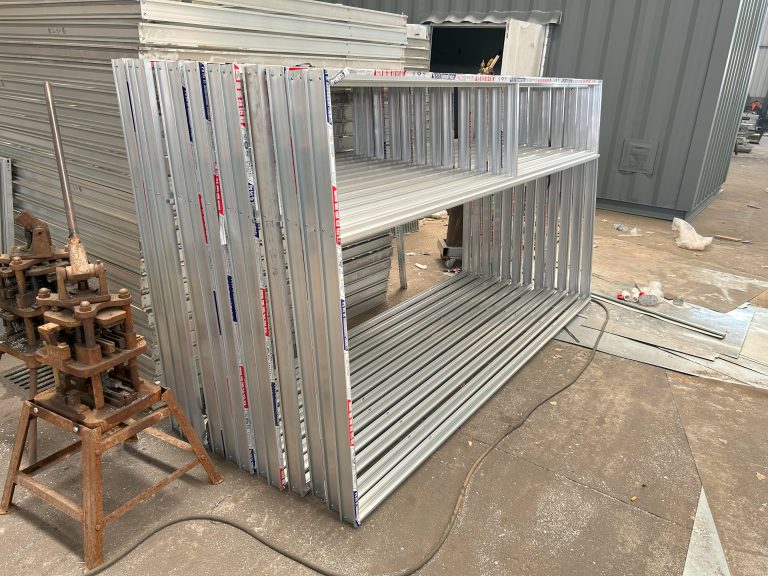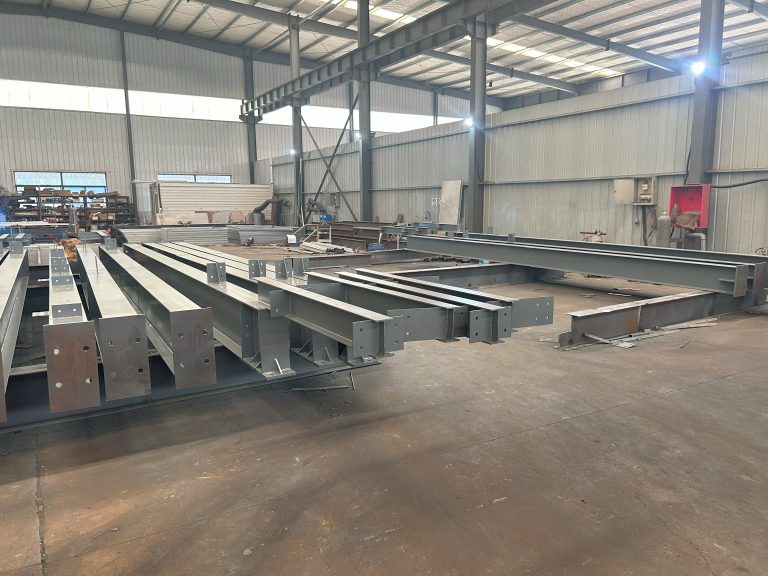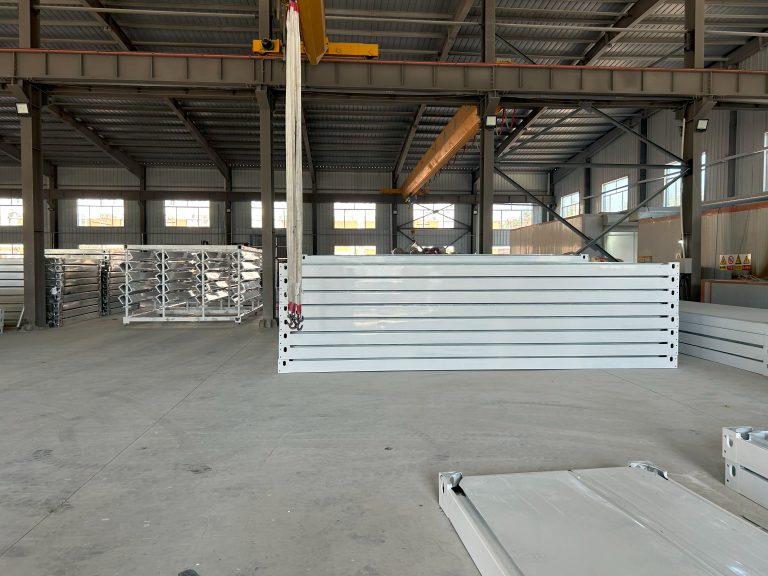Mechanical properties and strength calculation of steel structures
Table of Contents
Importance of Understanding Mechanical Properties of Steel Structures
Steel structures are widely used in various industries due to their high strength, durability, and versatility. Understanding the mechanical properties of steel is crucial for ensuring the safety and reliability of these structures. In this article, we will discuss the importance of understanding the mechanical properties of steel structures and how strength calculations are performed to ensure their structural integrity.
One of the key mechanical properties of steel is its yield strength, which is the maximum stress that a material can withstand before it begins to deform permanently. This property is essential for determining the load-bearing capacity of a steel structure and ensuring that it can support the intended loads without failure. By knowing the yield strength of the steel used in a structure, engineers can design the structure to withstand the expected loads and prevent catastrophic failures.
Another important mechanical property of steel is its tensile strength, which is the maximum stress that a material can withstand before it breaks. Tensile strength is crucial for determining the overall strength of a steel structure and ensuring that it can withstand external forces such as wind, snow, and seismic loads. By knowing the tensile strength of the steel used in a structure, engineers can calculate the maximum loads that the structure can safely support and ensure its stability under various conditions.
In addition to yield strength and tensile strength, other mechanical properties of steel, such as ductility, toughness, and hardness, also play a significant role in determining the performance of a steel structure. Ductility refers to the ability of a material to deform without breaking, while toughness is the ability of a material to absorb energy before fracturing. Hardness, on the other hand, is a measure of a material’s resistance to deformation and wear. By understanding these properties, engineers can design steel structures that are not only strong but also resilient and durable.
Strength calculations are essential for ensuring the structural integrity of steel structures and preventing failures. These calculations involve determining the maximum loads that a structure can safely support based on its material properties and design specifications. By performing strength calculations, engineers can ensure that a steel structure meets the required safety standards and can withstand the expected loads without deformation or failure.
To calculate the strength of a steel structure, engineers use various methods, such as the ultimate strength method, the allowable stress design method, and the load and resistance factor design method. These methods involve analyzing the material properties of the steel, the design of the structure, and the expected loads to determine the maximum allowable stress that the structure can withstand. By using these methods, engineers can ensure that a steel structure is designed to meet the required safety standards and can safely support the intended loads.
In conclusion, understanding the mechanical properties of steel structures is essential for ensuring their safety and reliability. By knowing the yield strength, tensile strength, ductility, toughness, and hardness of the steel used in a structure, engineers can design structures that are strong, resilient, and durable. Strength calculations are also crucial for determining the maximum loads that a structure can safely support and ensuring its structural integrity. By considering these factors, engineers can design steel structures that meet the required safety standards and can withstand the expected loads without failure.
Methods for Calculating Strength of Steel Structures
Steel structures are widely used in construction due to their high strength and durability. Understanding the mechanical properties of steel is crucial for designing safe and efficient structures. In this article, we will discuss the methods for calculating the strength of steel structures.

One of the key mechanical properties of steel is its yield strength, which is the maximum stress that a material can withstand before it begins to deform permanently. The yield strength of steel is typically determined through tensile testing, where a sample of the material is subjected to increasing levels of stress until it reaches its yield point. This value is then used to calculate the design strength of the steel structure.
Another important mechanical property of steel is its ultimate tensile strength, which is the maximum stress that a material can withstand before it fails. This value is also determined through tensile testing and is used to assess the overall strength of the steel structure.
In addition to yield strength and ultimate tensile strength, other mechanical properties of steel, such as modulus of elasticity and ductility, play a crucial role in determining the behavior of steel structures under different loading conditions. Modulus of elasticity is a measure of the stiffness of a material, while ductility refers to the ability of a material to deform plastically before it fails.
To calculate the strength of a steel structure, engineers use various methods, such as the limit state design approach and the load and resistance factor design method. The limit state design approach involves assessing the structure’s strength based on its ability to withstand different limit states, such as ultimate limit state and serviceability limit state. This method ensures that the structure is safe and reliable under all loading conditions.
The load and resistance factor design method, on the other hand, involves calculating the strength of the structure by comparing the applied loads with the resistance of the structure. This method takes into account the variability of loads and material properties, ensuring a more accurate assessment of the structure’s strength.
In addition to these methods, engineers also use computer-aided design software to analyze the strength of steel structures. These programs allow for more complex calculations and simulations, providing a more detailed understanding of the behavior of the structure under different loading conditions.
Overall, understanding the mechanical properties of steel and using the appropriate methods for calculating the strength of steel structures is essential for ensuring the safety and efficiency of construction projects. By considering factors such as yield strength, ultimate tensile strength, modulus of elasticity, and ductility, engineers can design structures that are strong, durable, and reliable.
In conclusion, the mechanical properties of steel play a crucial role in determining the strength of steel structures. By using methods such as the limit state design approach, load and resistance factor design method, and computer-aided design software, engineers can accurately assess the strength of steel structures and ensure their safety and reliability. By understanding these principles, engineers can design structures that meet the highest standards of quality and performance.







